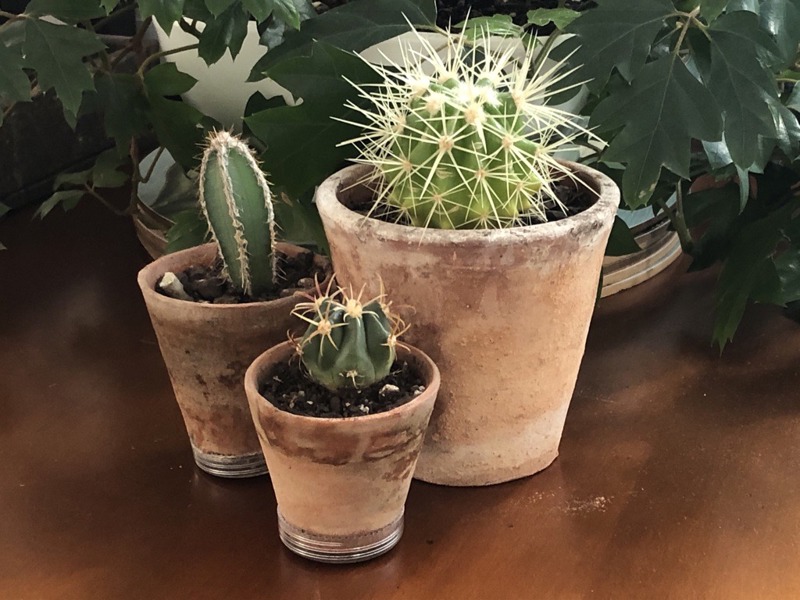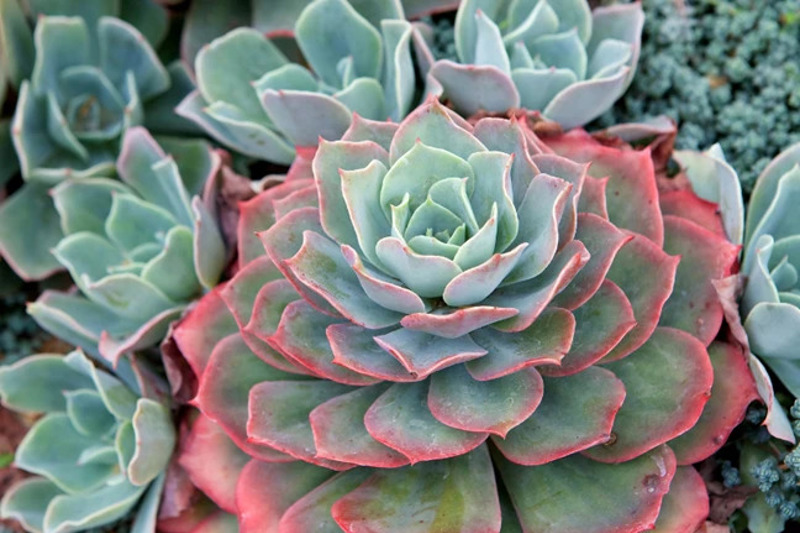Yates Account
Join now
Create a Yates account today!
Sign up to join the Yates Garden Club for monthly e-mails packed with seasonal inspiration, tips for success & exclusive promotions.
Plus if you’re a Garden Club member you can take part in the Yates Growing Community - a blog to share successes, get advice & win prizes in fun challenges along the way!

Forgot password
Enter the email address associated with your account, and we'll email you a new password.

Succulent plants grow anywhere! They thrive with minimum fuss, flourish with little water, grow in tiny amounts of soil and cope with large amounts of sun.
Succulents have bold foliage forms and bright colours; their easy-care nature has revived their popularity for a new generation. Embrace them in all corners of your garden, in pots in your courtyard, on windowsills or as indoor plants.
Why we love Succulents:
- They're gorgeous! They always make a bright and cheerful statement.
- They can be grown in most regions and are ideal for growing in pots.
- They require little moisture, so they are favourite for those of us using tank water.
Guide to growing cacti & succulents:
- Most cacti prefer open, sunny positions, protected from excess humidity.
- Plant them in well-drained soil during autumn and spring but not winter, as it’s too cold and wet to get them started.
- They prefer 'sharp', sandy, well-drained potting mix or soil.
- Some of the tree-dwelling epiphytic cacti (such as zygocactus) need semi-shade and more humidity.
- Epiphytic cacti are an excellent choice for hanging baskets.
- Cactus growth slows down in cooler weather, so watering should be reduced during cool months.
- The term ‘succulent’ refers to a plant’s ability to store water.
- Succulents are very adaptable and will grow in a wide range of situations.
- Cacti and succulents tend to be slow-growing.
- Most cacti benefit from an annual light dressing of Yates Thrive Natural Dolomite Lime.

Tips for potted cacti & succulents
-
When handling cacti wear gloves and also use a newspaper folded into a loop to grip and lift the plant.
-
Handle gently – cacti are very susceptible to root damage.
-
Mulch with a layer of gravel or quartz.
Feeding and watering
Succulents benefit from a slow release fertiliser, like Yates Dynamic Lifter Organic Plant Food. Apply during the warmer months, when they are actively growing. If growing indoors, use Yates Thrive Plant Food Spikes Cacti & Succulents. These plants are like a living sponge, they take what they need from rainfall and the excess must be able to drain away quickly. Be aware that persistently wet soil will quickly spell death for succulents, as their stems will rot away at the base. Avoid this by planting in well-drained soils, crevices, pots, and mounded garden beds, and completely avoid watering in winter.

Pest control
- Mealybugs – these small, fluffy-coated sucking pests flourish in dry conditions. Treat with Yates Insect Gun Ready to Use. Succulent and cacti can be sensitive to sprays, so always do a test patch and wait for a few days to see if there are adverse reactions, before applying to the whole plant.
- Scale insects – The first thing to do with a plant that is infected with scale is to physically remove the scale from the plant. This can be done using your fingernail or tweezers, but the most efficient method is with a spray nozzle on your garden hose. Left untreated, scale will spread to other nearby cacti, but they seem to prefer certain species over others. To prevent repeated outbreaks, you can treat your plant with a neem extract (look for one with a high azadirachtin content). Avoid treating during hot weather.















Share
Share this article on social media